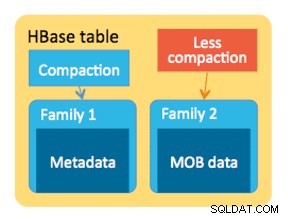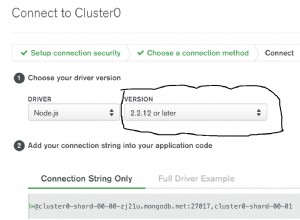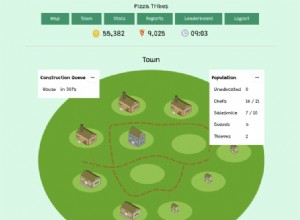Khung tổng hợp hiện có $map và $reduce và $range được tích hợp sẵn để xử lý mảng dễ dàng hơn nhiều. Dưới đây là một ví dụ về tính toán trung bình động trên một tập hợp dữ liệu mà bạn muốn lọc theo một số vị từ. Thiết lập cơ bản là mỗi tài liệu chứa các tiêu chí có thể lọc và một giá trị, ví dụ:
{sym: "A", d: ISODate("2018-01-01"), val: 10}
{sym: "A", d: ISODate("2018-01-02"), val: 30}
Đây rồi:
// This controls the number of observations in the moving average:
days = 4;
c=db.foo.aggregate([
// Filter down to what you want. This can be anything or nothing at all.
{$match: {"sym": "S1"}}
// Ensure dates are going earliest to latest:
,{$sort: {d:1}}
// Turn docs into a single doc with a big vector of observations, e.g.
// {sym: "A", d: d1, val: 10}
// {sym: "A", d: d2, val: 11}
// {sym: "A", d: d3, val: 13}
// becomes
// {_id: "A", prx: [ {v:10,d:d1}, {v:11,d:d2}, {v:13,d:d3} ] }
//
// This will set us up to take advantage of array processing functions!
,{$group: {_id: "$sym", prx: {$push: {v:"$val",d:"$date"}} }}
// Nice additional info. Note use of dot notation on array to get
// just scalar date at elem 0, not the object {v:val,d:date}:
,{$addFields: {numDays: days, startDate: {$arrayElemAt: [ "$prx.d", 0 ]}} }
// The Juice! Assume we have a variable "days" which is the desired number
// of days of moving average.
// The complex expression below does this in python pseudocode:
//
// for z in range(0, size of value vector - # of days in moving avg):
// seg = vector[n:n+days]
// values = seg.v
// dates = seg.d
// for v in seg:
// tot += v
// avg = tot/len(seg)
//
// Note that it is possible to overrun the segment at the end of the "walk"
// along the vector, i.e. not enough date-values. So we only run the
// vector to (len(vector) - (days-1).
// Also, for extra info, we also add the number of days *actually* used in the
// calculation AND the as-of date which is the tail date of the segment!
//
// Again we take advantage of dot notation to turn the vector of
// object {v:val, d:date} into two vectors of simple scalars [v1,v2,...]
// and [d1,d2,...] with $prx.v and $prx.d
//
,{$addFields: {"prx": {$map: {
input: {$range:[0,{$subtract:[{$size:"$prx"}, (days-1)]}]} ,
as: "z",
in: {
avg: {$avg: {$slice: [ "$prx.v", "$$z", days ] } },
d: {$arrayElemAt: [ "$prx.d", {$add: ["$$z", (days-1)] } ]}
}
}}
}}
]);
Điều này có thể tạo ra kết quả sau:
{
"_id" : "S1",
"prx" : [
{
"avg" : 11.738793632512115,
"d" : ISODate("2018-09-05T16:10:30.259Z")
},
{
"avg" : 12.420766702631376,
"d" : ISODate("2018-09-06T16:10:30.259Z")
},
...
],
"numDays" : 4,
"startDate" : ISODate("2018-09-02T16:10:30.259Z")
}




